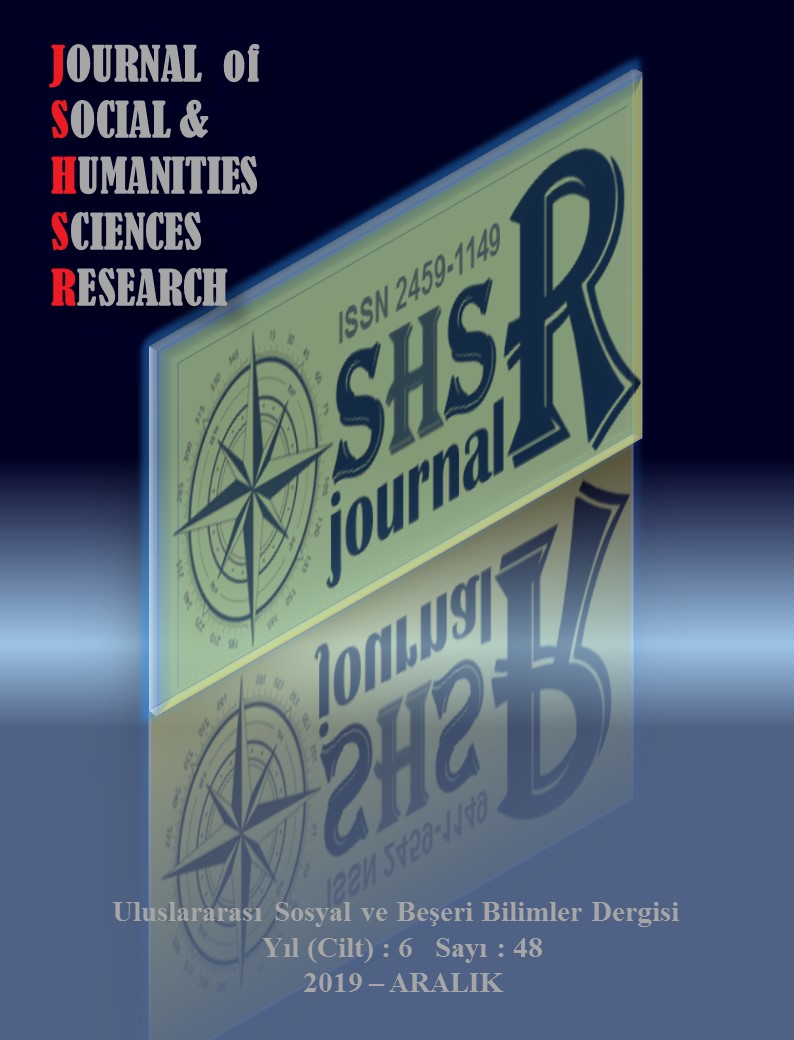COMPARISON OF SUPERVISION SYSTEMS OF SELECTED COUNTRIES AND A MODEL PROPOSAL FOR TURKISH EDUCATION SYSTEM
DOI:
https://doi.org/10.26450/jshsr.1725Keywords:
Supervision System, Comparative Education, Supervision ModelAbstract
The higher the nations’ expectations get from education, the more important it becomes for educational systems to pertain to
certain standards. As quality insurance in education, inspection and supervision are of great importance. Yet, how education
should be supervised or inspected is an issue awaiting a resolution. In order to contribute to possible solutions to this issue, in
this study it was aimed to make a comparative analysis of the educational supervision models of five high performer countriesEngland, China, Japon, Finland and Holland and to develop an educational supervision model for Turkey. In the design of the
study, a qualitative research approach and document analysis method were employed. The data was collected in the institutional
websites, international reports and educational legislation of the selected countries, and it was analyzed with descriptive
analysis technique. The results showed that apart from Finland, there was a dual, as internal and external inspection mechanism
for education. According to this dual structure, schools were subjected to the external inspection conducted by inspectors,
representing inspection bodies. In England and Holland, it was found that a central inspection body had wide authorities,
whereas in Japon local inspection bodies had wider authorities than the central. In China, both central and local bodies had
important roles. In all the selected countries, it was observed that self assessment was used as an internal inspection mechanism.
In Finland, as there wasn’t any external inspection system, school self assesment was the only inspection device. It was found
that countries differ in terms of frequency of inspection. In Turkey, it was observed that educational inspection was performed
by central and local agencies. However, the inspection included general school supervision, case studies and investigations.
Lesson supervision, not being a liability of supervisors anymore, became a liability of school principals. For the Turkish
education system, a two stage supervision model was devised. In this model, supervision would aim to improve the quality of
education. The first stage would be internal supervision, which included a report based on teachers’ self assessment, colleagues’
and principals’ assessment of them. External supervision is conducted to prevent subjectivity that internal supervision may
create. As a result of internal supervision processes, a report is prepared for external supervision. Supervisors, as an external
supervision agent, considering the reports, would make classroom visits to the teachers who needed support and would prepare
a development plan for them. In this model, it was proposed that educational supervision would be coordinated and conducted
by provincial and regional supervision agencies; it was suggested that provincial agency would be responsible for supervision
only, while sanctions as punishments and rewards would be operated by regional agencies.
Downloads
Published
How to Cite
Issue
Section
License
Copyright (c) 2019 INTERNATIONAL JOURNAL OF SOCIAL HUMANITIES SCIENCES RESEARCH

This work is licensed under a Creative Commons Attribution 4.0 International License.


